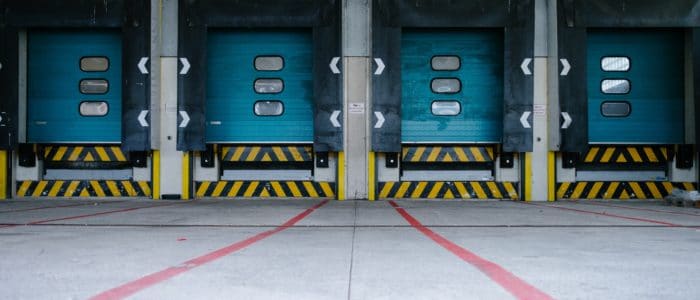Published
Bureaucracy Implanted in EU Trade Agreements: Time for EU Trade Policy to Act on Low-Hanging Fruit
By: Matthias Bauer Philipp Lamprecht
Subjects: EU Trade Agreements European Union Trade Defence

The use of EU free trade agreements by European exporters, particularly SMEs, is significantly restricted by excessive administrative requirements. A recent analysis by the Association of German Chambers of Commerce and Industry (DIHK) found that the bureaucratic hurdles for goods exports are too complex and thus too burdensome. Recent figures from the European Commission indicate that in 2018, only 68% of EU exports to countries with which trade agreements exist exploited the associated tariff concessions. This rate fell from 77.4% in 2017.
Simply put: according to the Commission’s official numbers, trade for almost one-third of exports by European firms continues to take place on full WTO tariffs, even though these exports are “legally eligible” for reduced tariffs on the basis of EU trade agreements. Take CETA for example: for the recent EU-Canada free trade agreement, the tariff preference utilisation rate is as low as 37%. DIHK generally calls on the EU and national policymakers to strive for a tariff preferences utilisation rate of at least 85% in the future.
Rules of origin are an essential element of any trade agreement. They determine the conditions under which a good is regarded as originating in the partner country and can enjoy lower or even zero import tariffs. For reduced tariffs to apply, EU exporters must apply for formal certificates such as an EUR.1 or – which is the case for more recent trade deals – sign up for self-certification schemes and prepare declarations of origin on commercial documents.
For EU exporters, the complexity and the degree of divergence of rules of origin with new FTAs as well as the burden of proof regarding evidence on the source of origin determine whether companies make use of the preferential tariff rates of EU trade agreements. The Commission’s data demonstrate that a large number of companies prefer paying the full WTO tariff on EU exports rather than spending time and money on training their staff on complex customs procedures and completing bureaucratic forms.
To enable SMEs, in particular, to benefit from EU trade agreements rules of origin should be as simple as possible. Unbureaucratic procedures for the required proof of origin must be provided. Generally, rules of origin must be easily understood by manufacturers and exporters and easily applicable in practice.
With its new position paper, DIHK now aims to fuel the debate. The organisation calls for a broad range of (18 different) aspects to be taken into account by policymakers when revising existing or negotiating new trade agreements, e.g.
- a rules of origin calculator, which could be integrated into the EU’s Market Access Database website,
- harmonised rules of origin across different trade agreements,
- allow for moving average prices when calculating preferences based on value-added rules of origin,
- freedom of choice between document-based origin certification by customs (EUR.1) and self-certification by companies (REX-statement), and
- increased limits for informal origin declarations from 6,000 Euro to 10,000 Euro after 25 years without any inflationary adjustment.
DIHK highlights: “Especially in times of protectionism, it is important to strengthen free world trade through international trade agreements.” Adopting reforms of the EU’s rules of origin regimes would be low hanging fruit for those aiming for further trade liberalisation – in the EU, and elsewhere.